Research-Focused Blog Posts
Our blog posts offer concise, expert commentary on the latest developments in VHH technology. From new research findings to industry updates and practical tips, each article is written to inform and support your scientific work.
NGS in Antibody Discovery: How Deep is Your Sequence?
Next-generation sequencing is redefining antibody discovery. From validating library diversity to uncovering rare binders and powering AI-driven design, NGS offers additional insights that enhance VHH antibody discovery and selection. Read more
Unlocking Hard-to-Drug Targets: How VHH Antibodies Overcome Drug Discovery Barriers
Today, the term ‘undruggable’ is being redefined. Advances in membrane protein solubilization, allosteric modulation, and therapeutic viral vectors have led to proof that these targets can be tackled. Read more
A Competitive and Ethical Future in Discovery
Traditionally, antibody generation relied on immunizing animals (e.g. mice, rabbits, or even llamas) to raise binders against a target antigen. However, emerging synthetic antibody library technologies now allow scientists to bypass animal immunization by using in silico designed vast libraries of human or humanized antibody fragments.
Isogenica named in Business Weekly’s Ones2Watch
Isogenica, a specialist in synthetic VHH antibody discovery, was recognised in the Ones2Watch category for its scientific credibility and commercial momentum.
Building the next generation of precision oncology medicines
Biologic therapies have reshaped oncology, but they come with real limitations. Traditional monoclonal antibodies are large, complex molecules that can struggle with tumor penetration, slow development timelines, and costly manufacturing. In a field where time is critical and healthcare budgets are under increasing pressure, these constraints can hold back promising innovations. Read the article.
Avoiding Freedom-to-Operate Pitfalls in Antibody Discovery
Conventional immunization-based discovery techniques frequently result in overlapping sequences with intellectual property (IP) concerns, due to the high number of antibody sequences already patented. These limitations can restrict opportunities for development, increase legal uncertainty, and reduce commercial viability.
Why Biotech Leaders Choose Cambridge UK for Antibody Discovery
This case study delves into the development of anti-LRP6 VHH inhibitors that overcome these challenges. Isogenica’s VHH technology offers hope for more effective therapies targeting Wnt-related cancers.
Comparing Risk in Synthetic vs Immune-based Discovery: Why Synthetic VHH Antibodies are the Future of Antibody Discovery
This case study delves into the development of anti-LRP6 VHH inhibitors that overcome these challenges. Isogenica’s VHH technology offers hope for more effective therapies targeting Wnt-related cancers.
Anti-LRP6 VHHs: Precision Targeting of the Wnt Pathway for Cancer Therapy
This case study delves into the development of anti-LRP6 VHH inhibitors that overcome these challenges. Isogenica’s VHH technology offers hope for more effective therapies targeting Wnt-related cancers.
Solid Tumour Targeting – VHH antibodies as building blocks for advanced cancer therapies
Cancer continues to pose a significant challenge in the realm of biomedical research, particularly with respect to solid tumors, which constitute over 90% of adult cancer cases.But what makes solid tumors so challenging? And what solutions are available to overcome...










